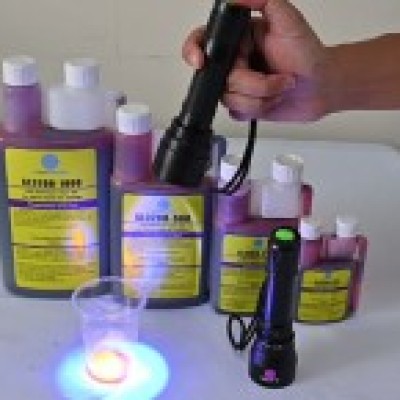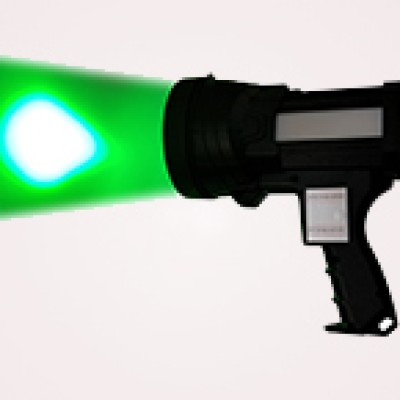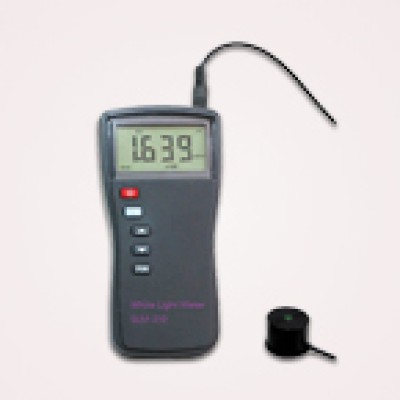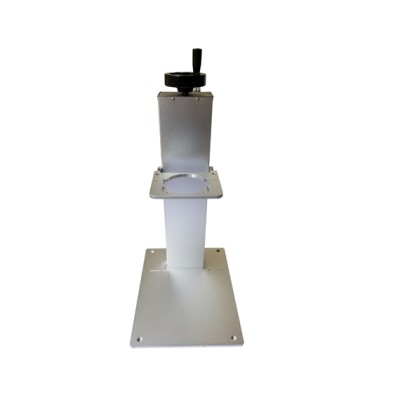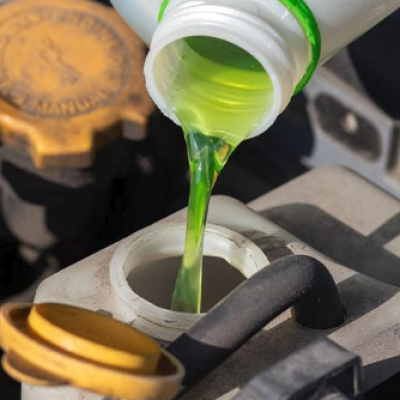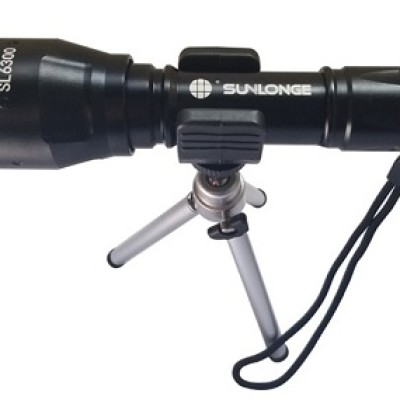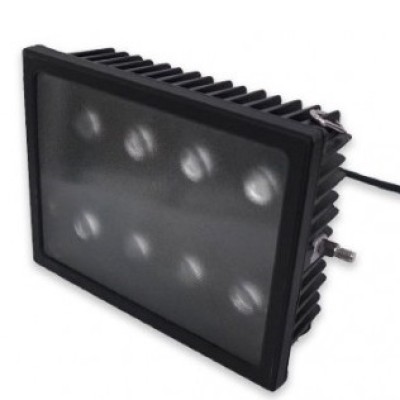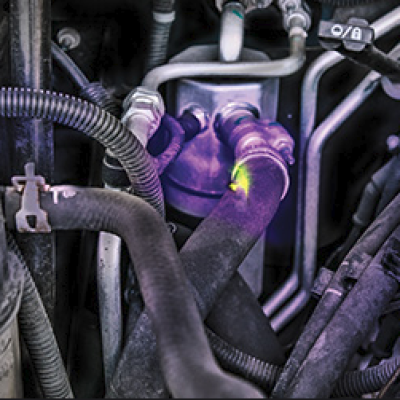
In the ever-evolving landscape of manufacturing, the pursuit of perfection has led to innovative technologies that enhance quality control processes. Among these advancements, UV inspection lamps have emerged as a game-changing tool, offering unprecedented accuracy in detecting flaws, defects, and inconsistencies across various industries. This article delves into the transformative impact of UV inspection lamps on manufacturing quality control, exploring their applications, benefits, and the cutting-edge technology driving their efficiency.
The Science Behind UV Inspection
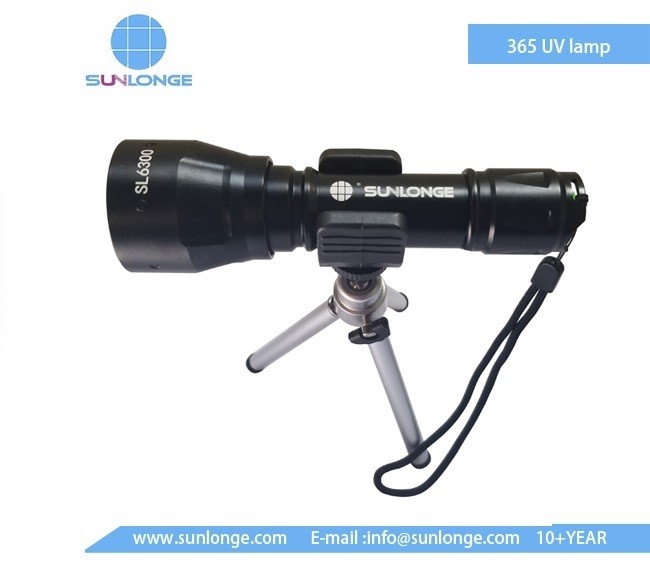
Ultraviolet (UV) light, with its shorter wavelength than visible light, has unique properties that make it invaluable in quality control applications. UV inspection lamps typically emit light in the UV-A range, with wavelengths between 315-400 nanometers. This specific range is crucial for exciting fluorescent materials and revealing defects that are invisible to the naked eye under normal lighting conditions.
Key Principles:
Fluorescence: Many materials fluoresce when exposed to UV light, emitting visible light that can highlight imperfections.
Penetration: UV light can penetrate surfaces to reveal subsurface defects.
Contrast: UV light creates high contrast between defects and surrounding areas, making imperfections more visible.
Applications Across Industries
UV inspection lamps have found applications in a wide range of manufacturing sectors, each leveraging the technology to improve product quality and operational efficiency.
1. Aerospace Manufacturing
In the aerospace industry, where safety is paramount, UV inspection plays a critical role in non-destructive testing (NDT) processes.
– Application: Detection of cracks, corrosion, and material fatigue in aircraft components.
– Impact: According to a report by MarketsandMarkets, the aerospace NDT market is expected to reach $1.4 billion by 2025, with UV inspection technology being a key driver of this growth.
2. Automotive Production
UV inspection helps ensure the structural integrity and aesthetic quality of vehicles.
– Application: Detecting leaks in fluid systems, inspecting paint quality, and identifying stress cracks in components.
– Impact: A study by Quality Magazine found that implementing UV inspection in automotive manufacturing can reduce defect rates by up to 30%.
3. Electronics Manufacturing
In the production of sophisticated electronic components, UV inspection is crucial for maintaining quality standards.
– Application: Inspecting solder joints, detecting contamination on circuit boards, and verifying conformal coatings.
– Impact: The global electronics testing and inspection equipment market, including UV inspection tools, is projected to reach $4.8 billion by 2026, according to Allied Market Research.
4. Pharmaceutical Manufacturing
UV inspection ensures the integrity of pharmaceutical products and packaging.
– Application: Detecting contaminants in medicines, inspecting seal integrity in packaging, and verifying the presence of security features.
– Impact: The FDA reports that UV inspection has helped reduce contamination-related recalls in pharmaceuticals by up to 15% since its widespread adoption.
Benefits of UV Inspection in Manufacturing
The integration of UV inspection lamps into quality control processes offers numerous advantages:
- Enhanced Defect Detection: UV light can reveal flaws that are invisible under normal lighting, improving overall product quality.
- Non-Destructive Testing: UV inspection allows for thorough examination without damaging the product, reducing waste and costs.
- Increased Efficiency: Rapid inspection processes lead to faster production cycles and reduced downtime.
- Improved Safety: Early detection of defects in critical components enhances the safety of end products, particularly in industries like aerospace and automotive.
- Cost-Effective: While initial investment may be required, UV inspection can significantly reduce long-term costs associated with product recalls and quality issues.
Cutting-Edge UV Inspection Technology: The SL6300 UV Leak Detection Flashlight
To illustrate the advancements in UV inspection technology, let’s examine the features of a state-of-the-art UV inspection lamp: the SL6300 Adjustable UV Leak Detection Flashlight.
Key Specifications:
– Wavelength: 365-370nm (optimal for most inspection applications)
– UV Intensity: 4000-35000μW/cm² at 15 inches
– LED Life: 30,000 hours average
– Adjustable Beam: ? 30-100mm irradiated area at 38cm distance
Advanced Features:
- Adjustable Intensity: Allows for customization based on specific inspection requirements.
- Compact Design: Palm-sized for easy handling and access to tight spaces.
- Constant Current Driver: Maintains consistent UV intensity even as battery power decreases.
- Compliance: Meets industry standards including ASTM E3022 and RRES 90061 for aerospace applications.
The SL6300’s versatility and advanced features make it an excellent example of how modern UV inspection lamps are tailored to meet the demanding requirements of various manufacturing environments.
Best Practices for Implementing UV Inspection
To maximize the benefits of UV inspection in manufacturing quality control, consider the following best practices:
- Training: Ensure operators are thoroughly trained in UV inspection techniques and equipment use.
- Environment Control: Create a dedicated inspection area with controlled lighting to optimize UV effectiveness.
- Regular Maintenance: Keep UV lamps clean and calibrated for consistent performance.
- Integration with Other Methods: Combine UV inspection with other quality control techniques for comprehensive defect detection.
- Documentation: Maintain detailed records of inspection processes and findings for continuous improvement.
The Future of UV Inspection in Manufacturing
As manufacturing processes continue to evolve, so too will UV inspection technology. Here are some trends shaping the future of this field:
- Automation and AI Integration
– Trend: Combining UV inspection with machine learning algorithms for automated defect detection and classification.
– Potential Impact: A McKinsey report suggests that AI-enhanced quality control could reduce defect escape rates by up to 90% in some manufacturing sectors.
- Miniaturization and Portability
– Trend: Development of smaller, more portable UV inspection devices for on-the-go quality checks.
– Potential Impact: Increased flexibility in production line layouts and the ability to perform inspections in challenging environments.
- Spectral Tuning
– Trend: UV lamps with adjustable spectral output to optimize inspection for different materials and defect types.
– Potential Impact: Enhanced versatility and precision in defect detection across various manufacturing applications.
- IoT Integration
– Trend: Connecting UV inspection devices to the Industrial Internet of Things (IIoT) for real-time data analysis and predictive maintenance.
– Potential Impact: According to Gartner, IIoT implementations in manufacturing could lead to a 30% improvement in overall equipment effectiveness.
Conclusion

UV inspection lamps have become an indispensable tool in modern manufacturing quality control. By leveraging the unique properties of ultraviolet light, manufacturers across industries can detect defects with unprecedented accuracy, improve product quality, and enhance operational efficiency. As technology continues to advance, the integration of UV inspection with emerging technologies like AI and IoT promises to further revolutionize quality control processes.
The adoption of advanced UV inspection tools, such as the SL6300 UV Leak Detection Flashlight, exemplifies the industry’s commitment to pushing the boundaries of quality assurance. With their ability to reveal the invisible and ensure the integrity of products across various sectors, UV inspection lamps are not just illuminating defects – they’re lighting the way toward a future of unparalleled manufacturing excellence.
As we look ahead, it’s clear that UV inspection will play an increasingly crucial role in maintaining the high standards demanded by modern manufacturing. By embracing this technology and staying abreast of its developments, manufacturers can ensure they remain at the forefront of quality control, producing products that meet and exceed the expectations of an ever-more discerning market.
 CN
CN

